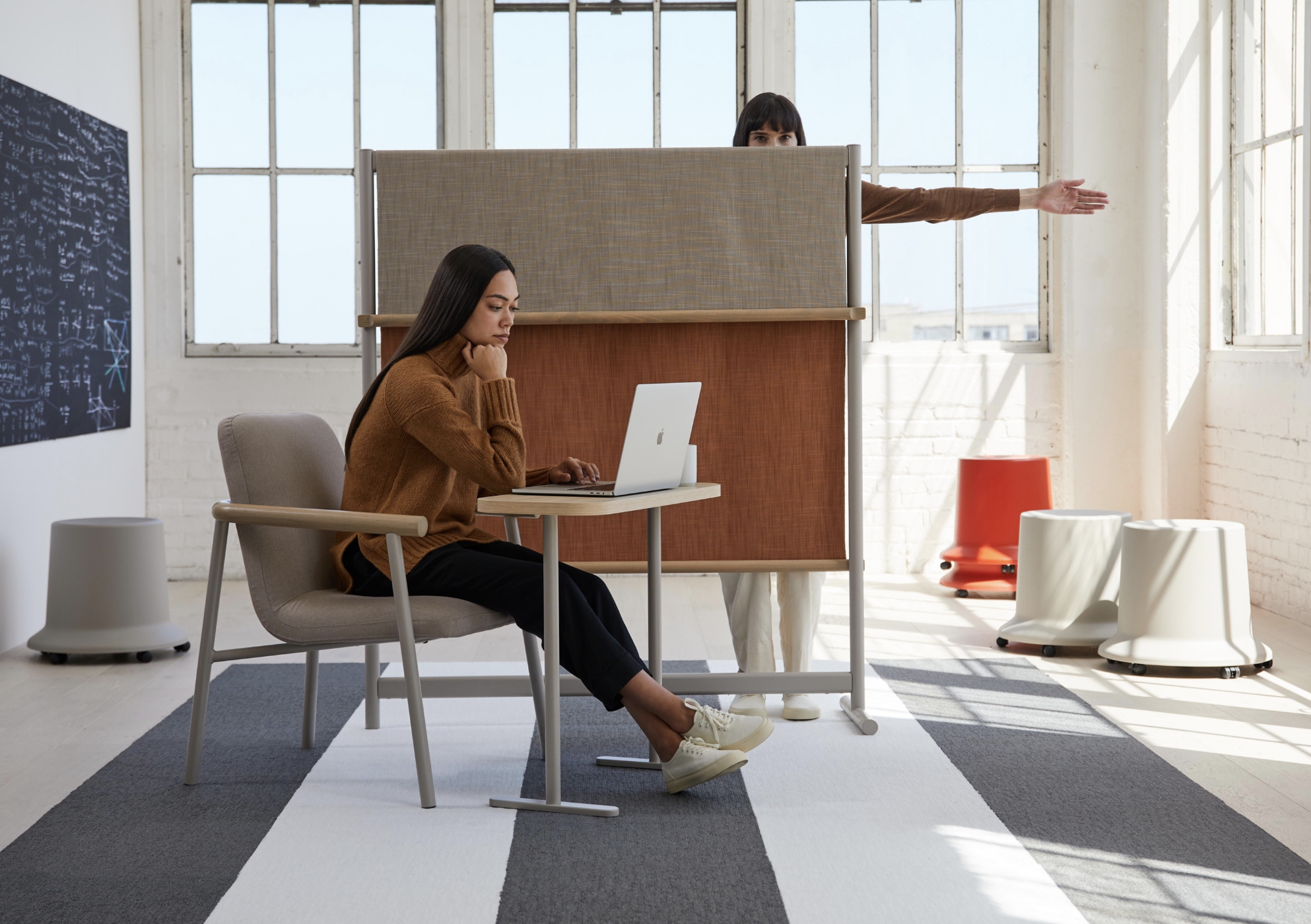Insights
Workplaces need to work harder
Charlotte Dawson
02/07/21

In the wise words of Dolly Parton, ‘workin’ 9 to 5 – what a way to make a living’…but even Dolly couldn’t have predicted the events of the past 18 months. The impact of the pandemic has influenced a turning point in the way we view work and more importantly, what we now expect from the physical workplace.
Research has shown that future office spaces will need to work harder to fulfil expectations, both socially and economically.
Throughout the duration of our research the expectation that workplaces in future will need to look outwards is clear. New strategies will be about creating a more engaging relationship with the local community and providing wellbeing and entertainment for employees.

Below we share some of the facts and figures that we encountered during this research.
The overall consumer preference is towards splitting working lives between home and office. The majority (52%) of US workers say they would prefer a hybrid model, and those already working this way report positive impacts on creativity, problem solving and team relationships – trumping both full-time WFH and office modes across six metrics (Gensler, 2020).
Three days a week in-office post-pandemic was the most popular choice among US workers (PwC, 2021).
Only 7% of Brits want to return to an office full-time (YouGov, 2020)

In the post-Covid world, buildings will be seen as a first line of defence against disease. A healthy building will go from a ‘nice-to-have’ to a competitive ‘must-have’.’
Joseph G. Allen & John D. Macomber, Authors, Healthy Buildings: How Indoor Spaces Drive Performance and Productivity
In April 2020, 63% of Brits polled said protecting and enhancing green spaces should be a higher priority post-lockdown, and 53% felt more appreciation for local green spaces (CPRE, 2020).
By creating an environment different from what employees experience at home, the workplace is transformed into a destination, a resilient collage of flexible spaces that can be used in new ways both now and into the future.
Clayton Taylor & Jai Kumaran, Principles, West of West (via Frame)

So what conclusions can we take from this?


